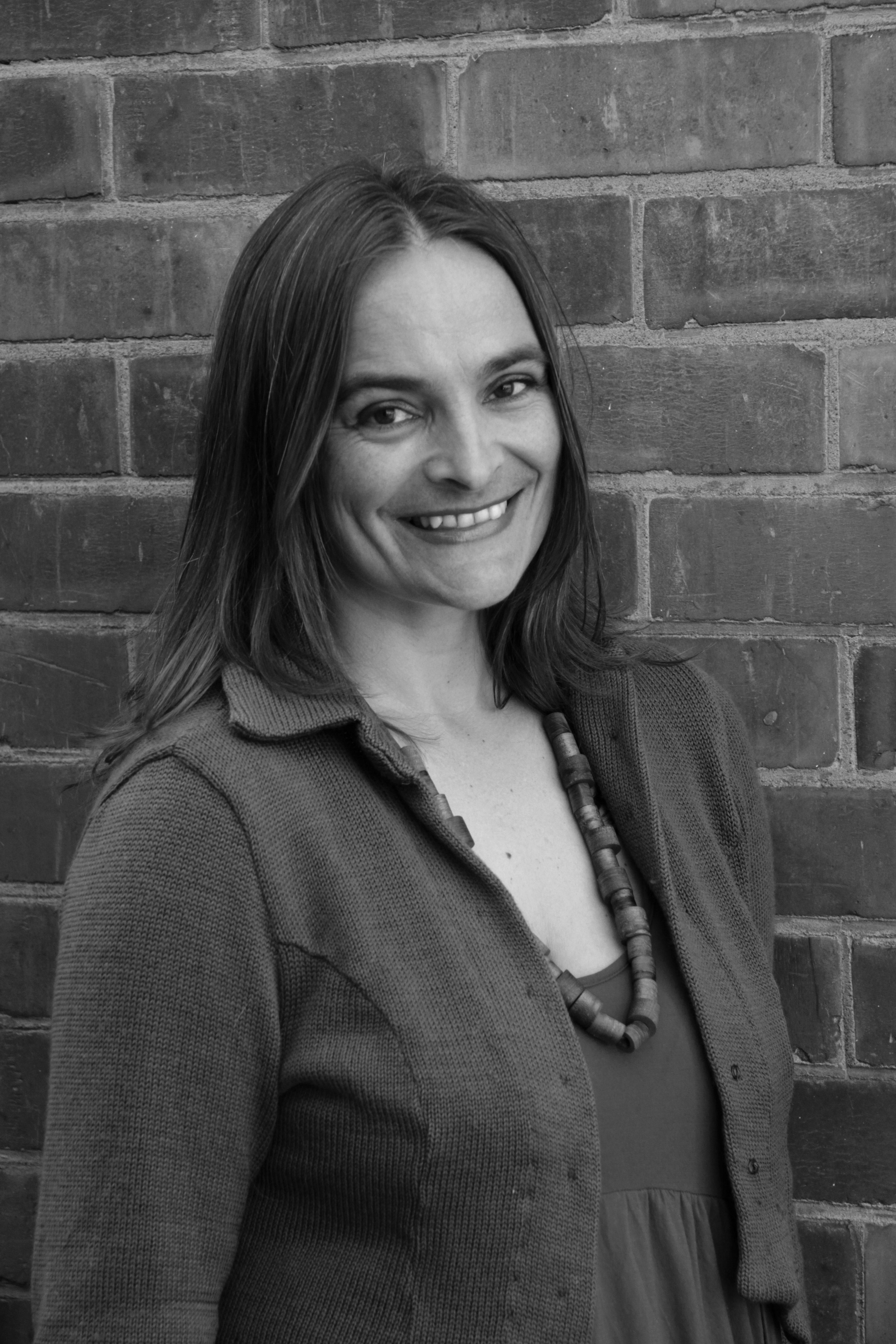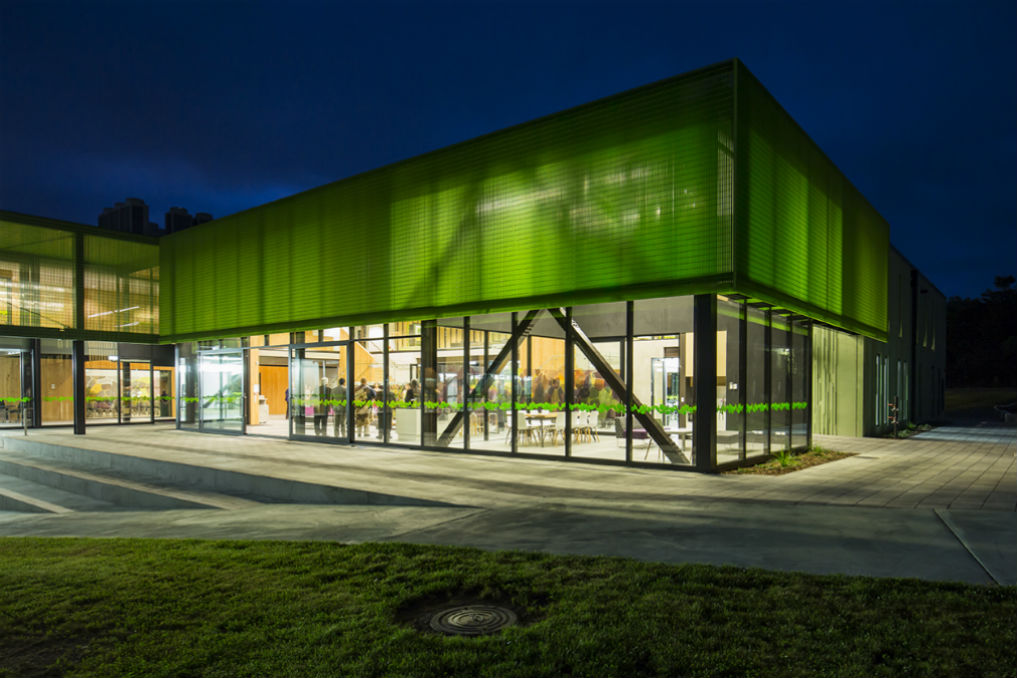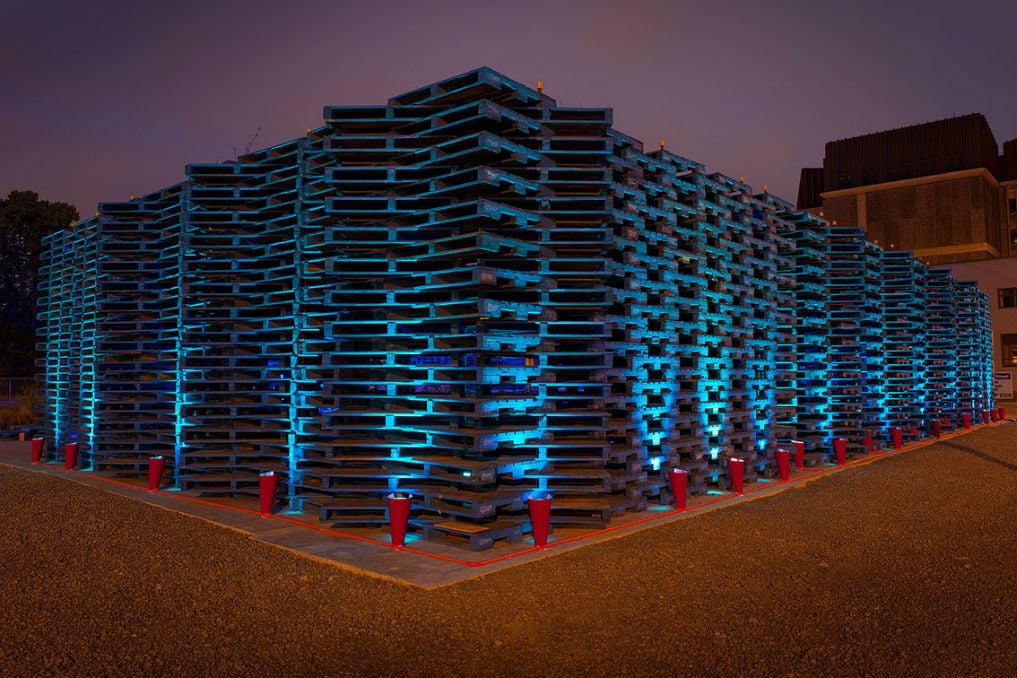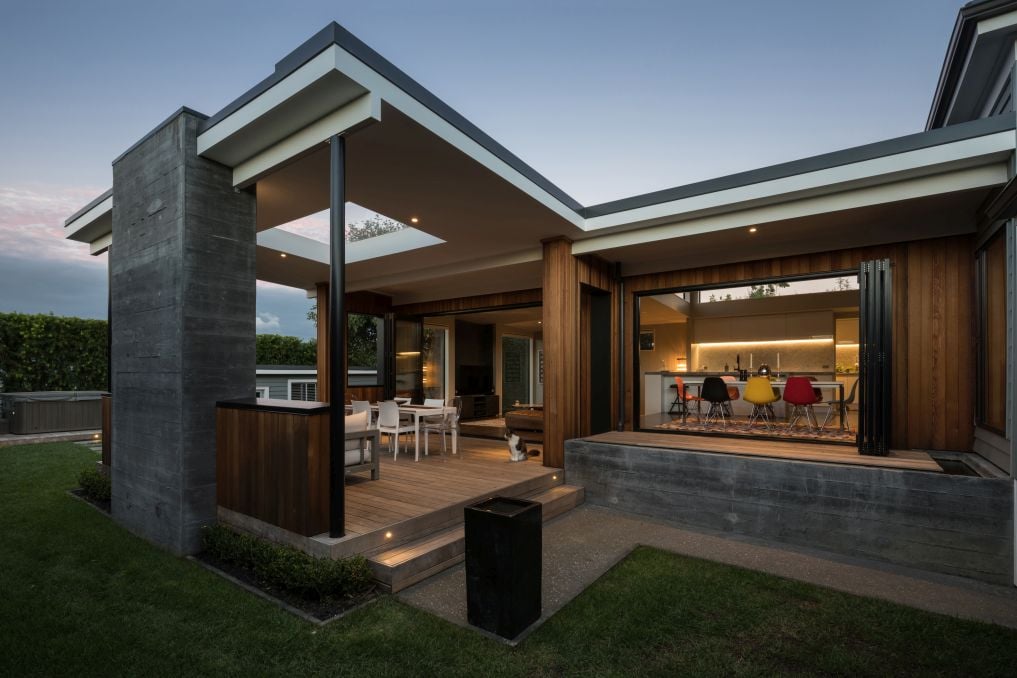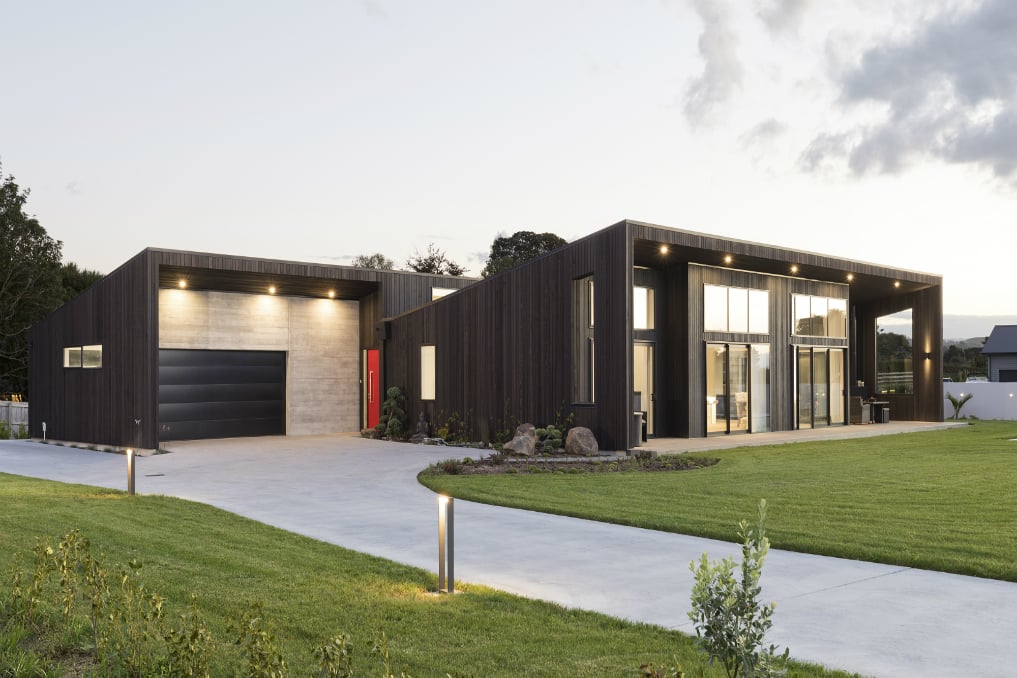Dr Jessica Halliday is intrigued - she's heard the London bomb sites that were rebuilt on after the blitz have already been demolished and rebuilt on again. "You’ve really got to wonder - why is that? What was wrong with those buildings? Is it just that that they weren't there long enough to be saved by the right generation?"
It’s hard not to find parallels from history with Christchurch and the post-earthquake rebuild.
Jessica Halliday is an architectural historian based in Christchurch. She has a passion for public participation in architecture and how architecture shapes our everyday lives.
"Architecture is every day art for everyone - and people either like the art or not," says Jessica.
And sometimes it feels 'not' is more often the case, if we're to believe the comments on STUFF each time a new building concept design is released to the public.
Jessica agrees and says it's surprising the amount of public vitriol that can be stirred up by a building's design.
"It's definitely an interesting time in Christchurch," says Jessica. The challenges are significant and the opportunities are just enormous and that puts a huge amount of pressure on architects and designers, and not just the local ones. It's important to ask the question - what is the role of the public? We all have to live with these buildings - how do the public see themselves contributing? And what is the role of the architect and the designer? Especially with regulations and the rise of the project manager, who isn't necessarily concerned with cultural wealth. To what extent is it a designers’ responsibility to push back, how much should they advocate and take on a leadership role, and collaborate? Sometimes it's not enough to just be looking after your own piece of practice."
Jessica indicates Christchurch could be in the midst of another period of when its architecture will gain international significance, along with its gothic revival and Christchurch modern periods.
"Architects are designing in a very different context to what it was like back then. Up until the 1980's most of our buildings were owner occupiers and you could just glance at a building and connect it with a company or organisation," she says.
Now Jessica says it's a very different story.
"There are different kinds of returns on investment. We are seeing some developers willing to invest in the design of their buildings as they look to create a legacy."
However as the ghost of London's bomb sites hover over our conversation. We must ask - do the designers of today have what it takes to create a legacy, a period of international significance?
ADNZ CEO, Astrid Andersen, says that they do.
"It is a different time and architecture and design has evolved, this does not mean it isn't as good - just different and more suited to today's modern world - people's needs. Christchurch will be a snapshot of what was current at this point of time - it is as simple as that."
